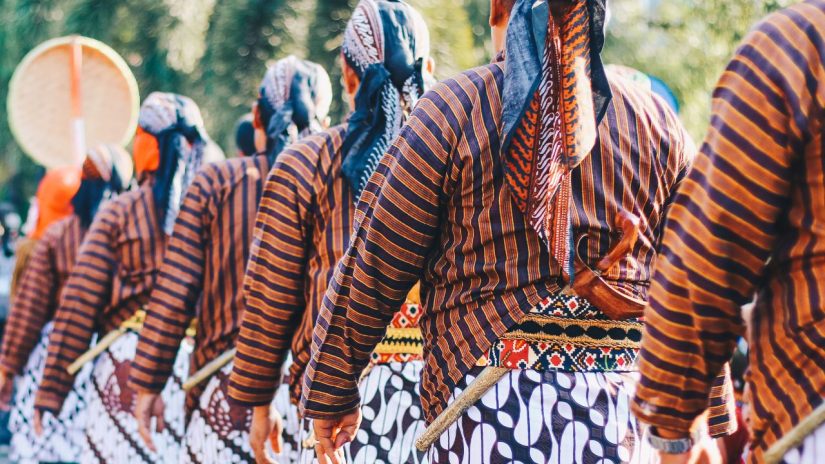
Athanasia Safitri
The latest edition of Wednesday Forum discussed Kejawen on 20 March 2024 by Dylan Renca, a doctoral candidate and teaching fellow in cultural anthropology at Boston University, USA. His research focuses on Javanist voices of ethical selfhood, belonging, and multicultural recognition. His ethnographic fieldwork is taking place in the Banyumas-Cilacap region of Central Java. He argues that most Javanists (later to be called Kejawen) today position themselves along a spectrum between Indigeneity and Islam, with diverse practices of ethical self-formation. He seeks more evidence that some Kejawen orient themselves and their practices around Islamic precepts and ways of being, while others articulate indigenous positions based on non-Islamic ontologies.
Renca’s interpretations of Kejawen are diverse, since they came from many scholars’ perspectives. Some describe Kejawen as Muslims, some think of them as members of a new religious movement which is strongly influenced by Sufi teachings, while others consider Kejawen as indigenous persons. The identity of the Kejawen seems difficult to attain, since there are complex and unclear definitions of the term. Therefore, he wants to understand better how Kejawen describe themselves and whether the self identification of being a Muslim or Indigenous person resonates and the reasoning behind this. Many parts of Java have large Kejawen communities but the statistics state that Cilacap has the most Kejawen practitioners in Central Java. The research tries to find the many different ways Kejawen describe themselves and learn the religious practices.
The positionings and practices
From respondents with different ages, genders, and marital status, Renca learned that Kejawen describe themselves as people who live out the old traditions they received either from ancestors or previous Kejawen practitioners. They have deep interpretations in Javanese concepts as ethical people who care for oneself, for other humans, and for other visible beings and God. They continuously articulate their positionings and seek spaces for recognition of their own identity. Some may explain that they are not Muslims, and at the same time debate privately whether they are part of an indigenous community.
Many Kejawen practise Islamic teachings to be accepted as Muslims since the stigma of being a part of the forbidden communist movement of 1965. Others may practice Sufism, engage in membership within Nahdlatul Ulama, and/or affiliate administratively with a religion in order to avoid marginalisation due to the religion column in the ID card, otherwise they might be perceived as animist. Their self formation involves the practice of caring for themselves and others, by returning to the roots, cultivation of Kejawen concepts, seeking union with God, and showing respect toward other humans, honouring the ancestors’ spirit, and holding communal feasts. Therefore, their identity is floating in the spectrum between indigenous and Muslim positionings with no universal Kejawen self but shaped by the variety of practices.
Leap beyond the spectrum of Kejawen
The discussion after the presentation brought up several ideas related to Kejawen. One commenter asked if the definition of indigenous in the perception of Kejawen can be compared to the one explained about indigenous people in the Documents of Human Rights. Another person concerned about the development in the history of Kejawen said that there has been more acceptance of the existence of Kejawen from society these days. Interreligious dialogue was also mentioned since it might be interesting to learn about the relation between each Kejawen organisation, whether they have the same sense of positioning among themselves toward the other religious groups, and if they update one another on particular topics to complement each other.
As fascinating as it is to study Kejawen in the relation of the positionings and practices with ethical self formation, Renca’s research has contributed to mapping the identity and self-formation of Kejawen especially in the area of Banyumas-Cilacap. The result may not only provide a description of Kejawen’s spectrum from Indigeneity to Islam but may also set out an overview toward the changes and challenges of indigenous religions in cultivating their spiritual embodiment accordingly.
